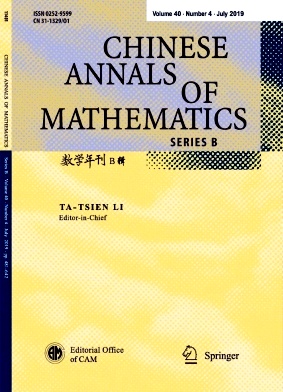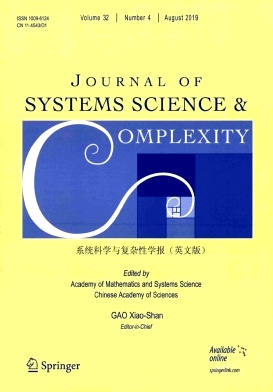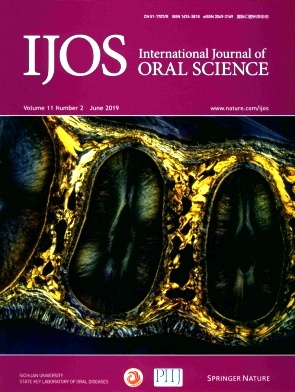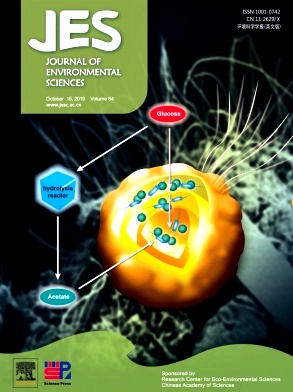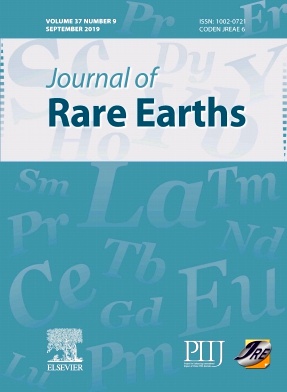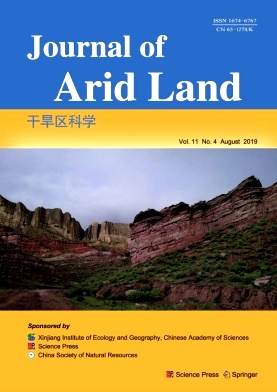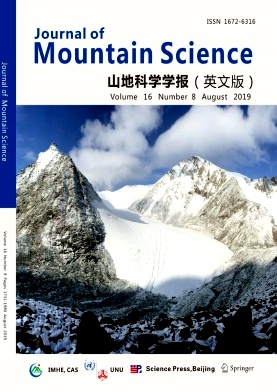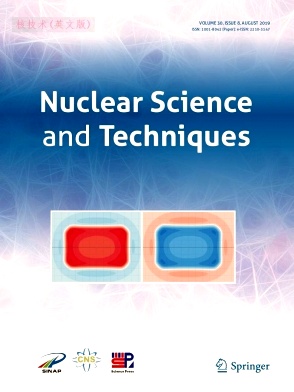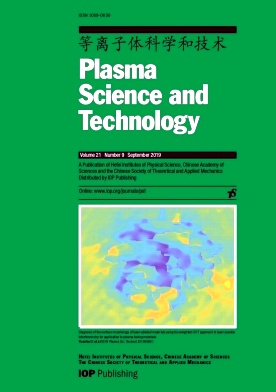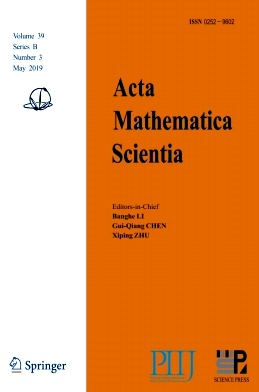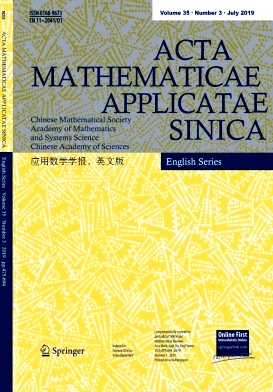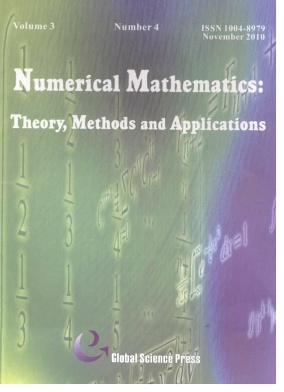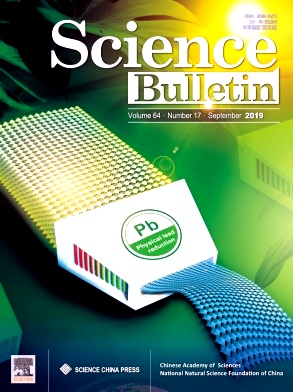
Journal of Systems Engineering and Electronics杂志
Journal of Systems Engineering and Electronics- 主管单位: 中国航天科工集团
- 审稿周期: 1-3个月
- 曾用名: Journal of Systems Engineering and Electronics
- 主办单位: 中国航天科工防御技术研究院;中国宇航学会;中国系统工程学会;
- 出版周期: 1-3个月
- 出版社: 公司类
- 国际刊号: 1004-4132
- 邮发代号: 82-270
- 主编: 施荣
- 国内刊号: 11-3018/N
- 影响因子: 0.36
- 期刊类别:
- 创刊时间: 1990
- 出版地区: 北京
- 语言: 英语
- 中国核心期刊遴选数据库,中国期刊全文数据库(CJFD),
Journal of Systems Engineering and Electronics杂志 期刊收录
Journal of Systems Engineering and Electronics杂志 期刊荣誉
中国核心期刊遴选数据库,中国期刊全文数据库(CJFD),
Journal of Systems Engineering and Electronics杂志杂志栏目设置
系统工程 电子技术 军用系统分析 防御电子技术 控制理论与实践 软件 算法与仿真 计算机开发与应用
Journal of Systems Engineering and Electronics杂志杂志必读信息
杂志社审稿周期1-3个月,不代表你现在投稿,审稿周期一到就能发表,仅仅是在这个时间内审核你的文章,审稿人每天会收到很多稿件,即使你的文章优秀,被审完后无任何问题,也需要排期发表,因为在你之前已经有很多稿件了,每一期杂志就那么点版面,投稿量远大于现有版面量,今年投稿的论文,正常是需要等到明年(甚至是下半年、后年)见刊,自行投稿会更慢,这是目前行业现状。
Journal of Systems Engineering and Electronics杂志投稿方向
系统工程 电子技术 军用系统分析 防御电子技术 控制理论与实践 软件 算法与仿真 计算机开发与应用
Journal of Systems Engineering and Electronics杂志杂志投稿要求
Aims and scope
The journal, keeping abreast with the development trend of science and technology worldwide, reports the latest developments and achievements in systems engineering and electronics and related research areas, and encourages various academic views. The journal welcomes papers from a wide variety of countries.
The journal strives to publish high-quality papers reporting original work in both theoretical and practical research results within the journal scope, involving system analysis, system modeling and simulation, military system analysis, aircraft control, C3I, radar, information systems engineering, machine intelligence, artificial neural networks, information acquisition and processing, aerospace electronics, and other topics in all related fields.
Title
The title is centered on the page and should be short and concise. Please limit the title to a maximum length of 10 words. The author’s name follows and is also centered on the page. The author’s last name should be preceded by the other names spelled out in full. The author’s affiliation and address are also needed.
The corresponding author should be clearly indicated with the asterisk (i.e., *) and given on the bottom of the first page. Please provide the financial support acknowledgments (name and number) on the bottom of the first page.
Abstract
An abstract, not exceeding 200 words, is required for all papers. Acronyms and abbreviations are spelled out at first mention in the abstract. It should be a summary of the paper and not an introduction. Because the abstract may be used in abstracting journals, it should present concisely the purposes, methodology used, results obtained, and conclusions.
Keywords
The author must provide a list of keywords, up to a maximum of six. No acronyms and abbreviations should be used.
Text
Text should be typed in double-column. The introduction of paper should explain the nature of the problem, previous work, purpose, and contribution of the paper. It is assigned the number “1” and following sections are assigned number as needed. For example, the third section of a paper might be “3. Simulation results” headings. Acronyms and abbreviations are spelled out at first mention in the text, even they have already been defined in the abstract.
Figures and tables
The authors must ensure figures of sufficient quality and resolution. Figure captions appear below the figures. Figures should be numbered in the order they appear in the text. Table titles appear above the tables. Please verify that the figures and tables you mention in the text actually exist. When referring to a figure or a table in the text, use the abbreviation “Fig.” even at the beginning of a sentence, and do not abbreviate “Table”.
Equations
Number equations consecutively with equation numbers in parentheses flush with the right margin, as in (1). Be sure that the symbols in the equation have been defined before the equation appears or immediately following. When referring to “(1)”, do not use “Eq. (1)” or “equation (1),” except at the beginning of a sentence: “Equation (1) is ...”.
Conclusion
A conclusion must be included and should indicate clearly the advantages, limitations, and possible applications of the paper.
Acknowledgment
Individuals or units other than authors who were of direct help in the work should be acknowledged by a brief statement following the conclusion. This heading is not assigned a number.
References
Only articles that have been published may be included in the references. Each reference is referred to in the text by a number enclosed in a square bracket (i.e., [3]). References must be numbered and ordered according to where they are first mentioned in the paper. A reference list must be included using the following information as a guide.
Biographies
Short biographies (120-150 words) should be provided that detail the authors’ education, work histories and research interests as well as their E-mail. The authors’ full names are needed. Small (2.5 cm×3.5 cm), black-and-white and high- resolution (300 dpi) photos of each author should be included.
Journal of Systems Engineering and Electronics杂志杂志简介
- >
Journal of Mountain Science杂志
CSCD核心期刊 - >
Journal of Mountain Science杂志
CSCD核心期刊 - >
Journal of Mountain Science杂志
CSCD核心期刊 - >
Journal of Mountain Science杂志
CSCD核心期刊
Applied Mathematics:A Journal of Chinese Universit杂志
影响因子:
季刊SCI核心期刊Chinese Annals of Mathematics,Series B杂志
影响因子:
双月刊SCI核心期刊Nuclear Science and Techniques杂志
影响因子:
双月刊CSCD核心期刊Journal of Systems Science Complexity杂志
影响因子:
双月刊CSCD核心期刊Plasma Science and Technology杂志
影响因子:
月刊CSCD核心期刊Acta Mathematica Scientia(English Series)杂志
影响因子:
双月刊SCI核心期刊Acta Mathematicae Applicatae Sinica杂志
影响因子:
季刊CSCD核心期刊Numerical Mathematics杂志
影响因子:
季刊SCI核心期刊Science Bulletin杂志
影响因子:
半月刊SCI核心期刊International Journal of Oral Science杂志
影响因子:
季刊SCI核心期刊Journal of Systems Science and Systems Engineering杂志
影响因子:
季刊CSCD核心期刊Journal of Environmental Sciences杂志
影响因子:
月刊统计源期刊



